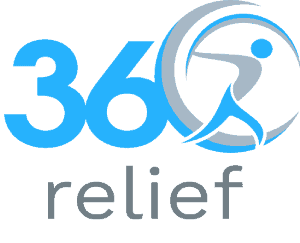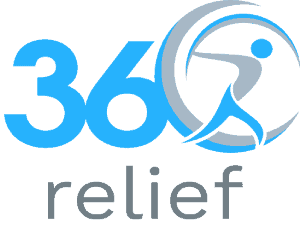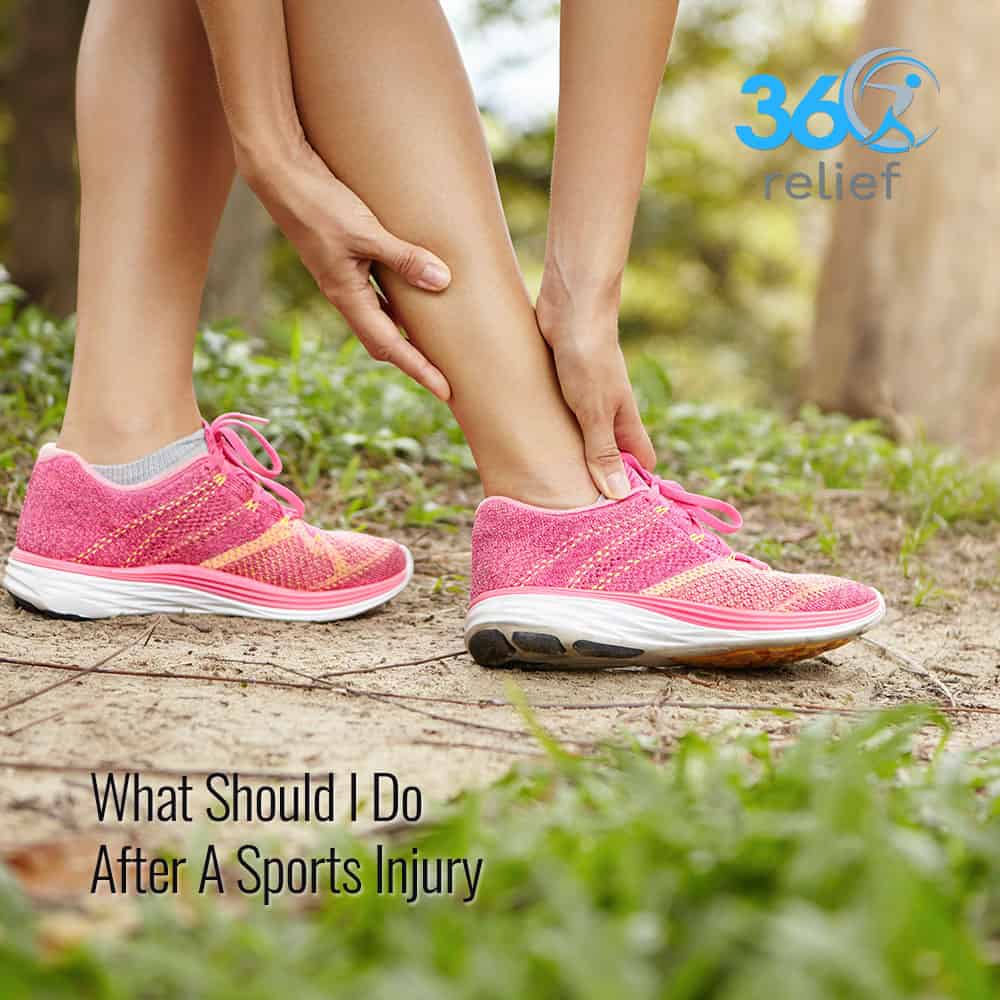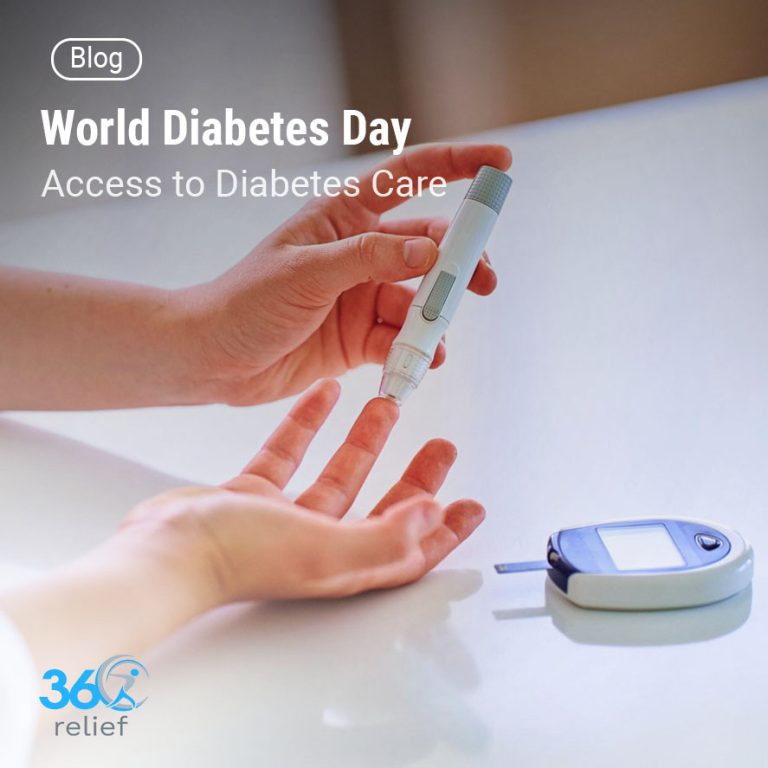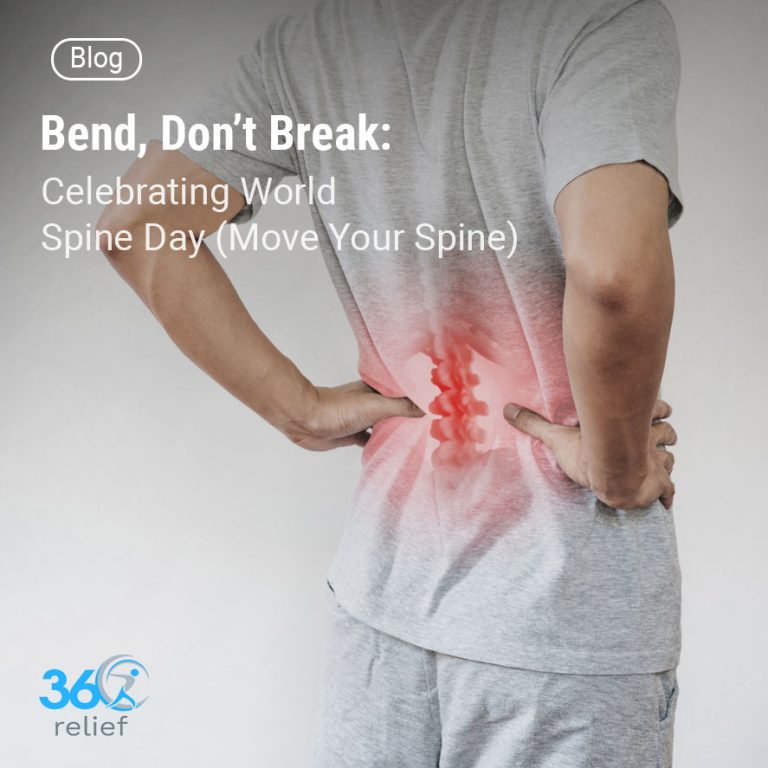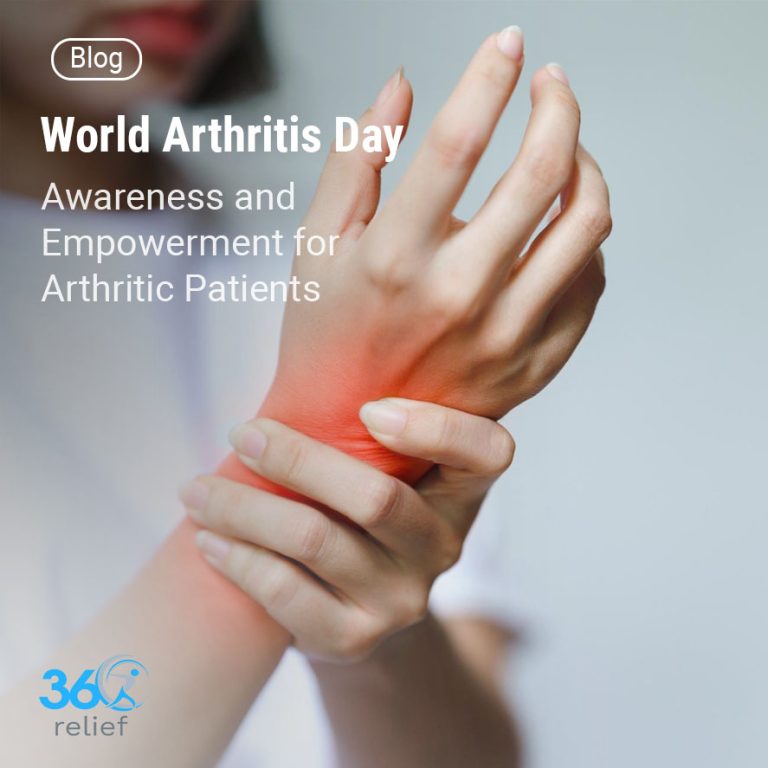Most patients are eager to get moving again after incurring a sports injury– whether it’s for returning to their sport or performing everyday functional activities. Overuse, direct collision, or applying a force greater than the body part’s structural capacity are all major causes of sports injuries.
Table of Contents
ToggleAcute & Chronic Sports Injury
Acute and chronic injuries are the two different types of sports injuries. Acute injury refers to an injury that happens suddenly, such as a sprained ankle after a bad landing. Chronic injuries are caused by the overuse of muscle groups or joints on a regular basis. Chronic injuries can also be exacerbated by poor posture problems. Any sports injury should be investigated by a doctor since you may be harmed more badly than you realize. What appears to be an ankle sprain could actually be a bone fracture.
Injuries are an unfortunate part of playing sports, regardless of the sport or the level. Getting support early and having a well-defined rehabilitation strategy is critical for a quick return to sports.
When dealing with a sports injury, keep the following points in mind:
Tips for avoiding sports injuries
Most sports injuries can be avoided by completing a type of warm-up prior to a game, such as cardio or stretching. Soft tissues that have been warmed up and stretched prior to action are considerably less likely to be injured while participating in the sport.
You can also help prevent a sports injury by following these simple steps:
- Make a fitness regimen that combines aerobic, strength training, and flexibility exercises.
- Exercising different muscle groups every other day is a good idea.
- After a workout or a sport, make sure you cool down appropriately. Warming up should take twice as long as cooling down.
- Wear supports and braces to help you protect yourself from injury. Braces and supports are great for keeping you secure and preventing injuries.
- Learn how to do the proper methods for the sport you’re playing.
- When you’re exhausted, take a break. If you’re weary or in pain, don’t exercise.
RICE is a treatment strategy for injuries
The acronym RICE, which stands for Rest, Ice, Compression, and Elevation, is essential in the treatment of an acute soft tissue injury. The goal of early RICE therapy is to control the initial inflammation and start the healing process as soon as possible.
- Step 1- Rest:
When you sustain an injury, stop all activity and rest as much as possible for the first two days. For the next 48 hours, avoid putting any weight on the injured area. Resting will also help to prevent further bruising.
- Step 2- Ice:
During the first 24 – 48 hours after being injured, apply an ice pack covered with a light, absorbent towel for 15 – 20 minutes every 2 – 3 hours. The cold can help with pain and swelling. If you don’t have an ice pack on hand, a bag of frozen peas or corn will suffice.
- Step 3- Compression:
To prevent swelling, wrap the affected area in an elastic medical bandage. The wrapping should be comfortable but not so tight that blood flow is disrupted. If the skin beneath the bandage turns blue or feels cold, numb, or tingly, loosen the bandage.
- Step 4- Elevate:
Raise the injured body part above your heart level. This helps to alleviate pain, throbbing, and swelling. Elevation can be achieved by using a pillow. When possible, keep the injured area elevated.
Allow the injured body part to heal
If an injured body part is repeatedly used after an injury, it will struggle to heal. Pain is a good indicator of an ongoing injury and should not be ignored, even if it means avoiding daily functional activities or sports. To allow complete healing, it is often best to immobilise the injured area with a splint or brace and rest it completely. Continuing to use the injured body part may worsen an acute injury and turn it into a chronic one, increasing the likelihood of recurrence and making treatment more difficult.
Get a diagnosis
Minor sprains and tears usually improve significantly after two weeks of rest and a break from sports. A lack of progress should prompt a visit to a sports doctor. A thorough clinical examination, as well as imaging tests such as x-rays or scans, will confirm the diagnosis and help focus the rehabilitation strategy, allowing for a faster recovery with fewer complications. Understanding the nature of the injury also aids in mental preparation during recovery.
Exercising
Once the initial inflammation has subsided, early joint movements to restore full range of motion are critical. This exercise regimen is best carried out under the supervision of a specialist or physiotherapist who will ensure that the appropriate milestones are met. Returning to sports too soon while joint motion is still restricted can increase your risk of further injury.
Foods and supplements to aid in the recovery from sports injuries:
There are a variety of foods and supplements that can help the body heal more quickly after an injury.
- Foods high in protein:
Protein-rich foods, such as meat and fish, help the body build muscle.
- Omega-3 fatty acids
Omega-3 fatty acids from supplements and natural sources like salmon, sardines, chia seeds, walnuts, and soybeans help to reduce inflammation and speed up recovery.
- Take Vitamin C
Citrus fruits and dark green leaves are high in vitamin C aid in collagen production, which rebuilds tissues and has anti-inflammatory properties.
- Vitamin D and calcium-rich foods
When dealing with bone injuries such as fractures, it is critical to consume more calcium-rich foods such as milk, cheese, yoghurt, soft-boned fish, almonds, and dark leafy greens. The body also requires vitamin D to absorb calcium, which can be obtained through sun exposure.
When should you see your doctor?
Make an appointment with your doctor or go to the emergency room if you believe your injury is severe. The following symptoms could indicate a serious injury that necessitates medical attention:
- a lot of swelling and pain
- Large lumps or limbs bent at odd angles are examples of obvious abnormalities.
- When you move the affected area, you may hear popping or crunching sounds.
- The wounded part is unable to support any weight.
- Unstable joint
- breathing problems
- dizziness
- fever
